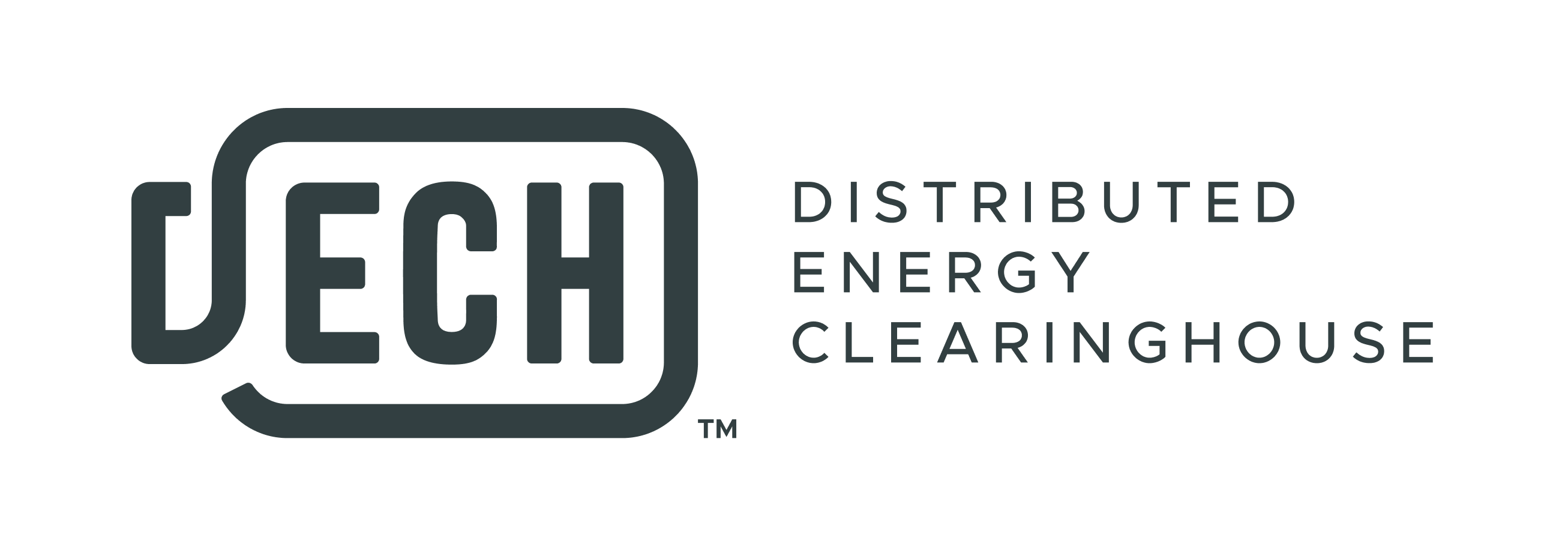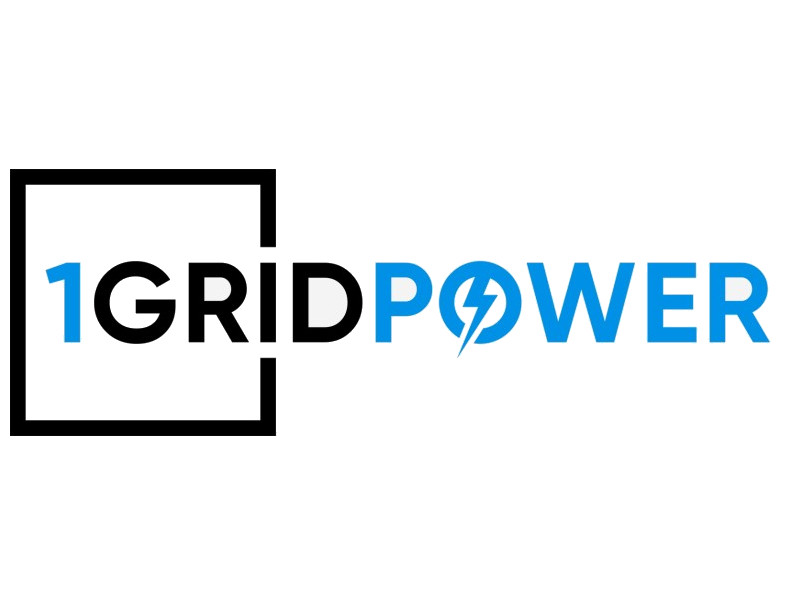Distributed Energy Clearinghouse continues to monitor Texas PUC Project No. 53911 and the Task Force established to develop and implement the Aggregated Distributed Energy Resources (ADER) ERCOT pilot project.
In September the ADER task force met several times to build out the specifics of the pilot project. The Task Force has recommended that ADER be treated as Aggregate Load Resources (ALR) for all purposes under ERCOT’s protocols and will participate under the existing ALR participation model as SCED-dispatchable Controllable Load Resources (CLRs). In addition, Phase 1 of the pilot program would be limited to 80 MW of total ADER capacity ERCOT-wide, with no more than 40 MW providing Non-spinning Reserve services ERCOT-wide.
The ADER pilot project is for “individual metered sites with any combination of generation, energy storage, or controllable load with the capability of 1 MW or less to participate in the ERCOT wholesale markets, and it is not intended to change any existing participation models for Distributed Generation Resources (DGRs), Distributed Energy Storage Resources (DESRs), ALRs or Settlement Only Distributed Generators (SODG) greater than 1 MW.”
While poorly written this seems to suggest site-level capability not to exceed 1 MW, with no limit on the size of any aggregation of DERs. But that is just our reading…
The pilot project will continue until full integration of distribution-connected resource aggregations, unless it is earlier determined that the ADER pilot project should be terminated. It is expected that the ADER pilot project will continue for a minimum of three years, across all phases.
The initial timeline to begin Phase 1 of the ADER pilot project stipulates that ERCOT is to begin accepting required documents from QSEs on November 1, 2022 and qualification and testing to begin on January 3, 2023.






